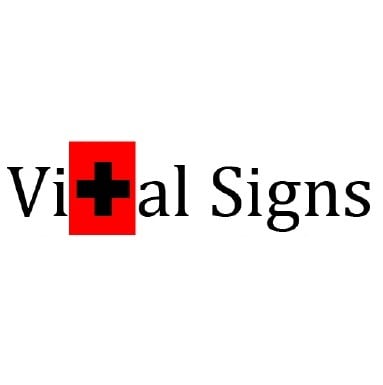Review
Emergency Department Access Healthcare Utilization
New Drugs and Devices from 2011 – 2012 That Might Change Your Practice
WestJEM Read More
Ethical and Legal Issues
Integrated Model of Palliative Care in the Emergency Department
WestJEM Read More
Ethical and Legal Issues
Medical-legal Issues in the Agitated Patient: Cases and Caveats
WestJEM Read More
Emergency Department Operations
Measuring Power in an Emergency Department to Improve Processes and Decrease the Length of Stay to their Optimum Value
WestJEM Read More
Patient Communication




